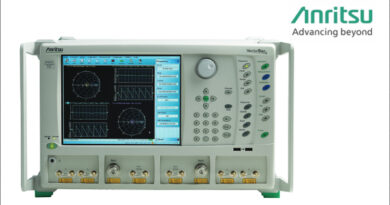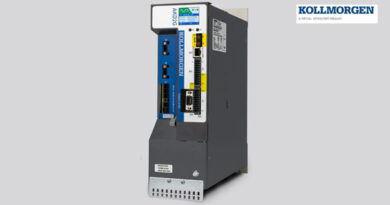Remote Control and Automation: Exploring the Role of Latching Relays in Smart Home Systems
Introduction:
In the era of smart homes, where convenience and efficiency take centre stage, the role of latching relays in automation and remote control cannot be overstated. As homeowners increasingly embrace the idea of a connected and intelligent living space, latching relays play a pivotal role in facilitating seamless control and automation. This blog explores the significance of latching relays in smart home systems, highlighting their versatility, energy efficiency, and contribution to the evolution of modern home automation.
Understanding Latching Relays:
Latching relays, also known as bistable relays, are electromagnetic switches that maintain their state without continuous power. Unlike traditional relays that require a constant flow of power to stay open or closed, latching relays use a pulse of energy to change their state and remain in that state until another pulse is applied. This unique characteristic makes them ideal for applications where energy efficiency and precise control are paramount.
Versatility in Smart Home Applications:
The versatility of latching relays makes them invaluable components in smart home systems. These relays can be utilised in a variety of applications, ranging from lighting control and HVAC systems to motorised blinds and security systems. Their ability to maintain a state without constant power consumption aligns perfectly with the intermittent nature of many home automation tasks.
One of the primary applications of latching relays in smart homes is the control of lighting systems. By integrating latching relays, homeowners can remotely switch lights on or off and even dim them to create customised lighting scenarios. This not only enhances convenience but also contributes to energy conservation by allowing users to optimise lighting based on specific needs and preferences.
Energy Efficiency and Cost Savings:
The energy efficiency of latching relays plays a crucial role in the overall sustainability of smart home systems. Traditional relays, which require a constant power supply to maintain their state, can contribute to energy waste. In contrast, latching relays consume power only during state changes, minimising ongoing energy consumption and contributing to cost savings over time.
This energy-efficient characteristic is particularly significant in applications such as heating, ventilation, and air conditioning (HVAC) systems. Latching relays enable precise control over the HVAC system, allowing users to remotely adjust temperature settings based on their schedules or preferences. By minimising the power required to maintain the system in a specific state, latching relays contribute to reduced energy consumption and lower utility bills.
Seamless Integration with Smart Hub Platforms:
The success of smart home systems lies in their ability to integrate seamlessly with various devices and platforms. Latching relays, designed with compatibility in mind, easily interface with popular smart home hubs and platforms. This allows homeowners to control and monitor their latching relay-enabled devices through a centralised interface, whether it’s a dedicated app on their smartphones or a voice-activated virtual assistant.
Integration with smart hubs opens the door to sophisticated automation scenarios. For example, homeowners can programme latching relays to coordinate with motion sensors, adjusting lighting or climate control based on occupancy. This level of automation not only enhances the user experience but also contributes to energy conservation by ensuring that resources are utilised only when needed.
Enhanced Security and Control:
In the realm of smart home security, latching relays provide an additional layer of control and customization. They can be integrated into security systems to control access points, such as doors and gates, remotely. The bistable nature of latching relays ensures that the selected state, whether locked or unlocked, is maintained until a new command is received, adding a level of reliability to the security infrastructure.
Moreover, latching relays contribute to the overall security of a smart home by allowing users to remotely monitor and control various devices. Whether it’s checking the status of doors, windows, or cameras, homeowners gain peace of mind through real-time access and control facilitated by latching relays.
Scalability and Future-Proofing:
Smart home systems are dynamic and ever-evolving, with new devices and technologies continuously entering the market. Latching relays, designed for scalability, ensure that homeowners can easily expand and adapt their smart home setups without significant overhauls. This scalability is crucial for future-proofing, allowing users to integrate the latest technologies and devices into their existing smart home infrastructure.
Conclusion:
As the demand for smart home systems continues to rise, the role of latching relays in facilitating remote control and automation becomes increasingly apparent. Their versatility, energy efficiency, and seamless integration with smart hubs make latching relays indispensable components in the evolution of modern living spaces. From optimising lighting and HVAC systems to enhancing security and providing scalable solutions, latching relays contribute to the creation of intelligent, efficient, and future-proof smart homes. As homeowners embrace the convenience and possibilities offered by smart home technology, the importance of latching relays in powering these systems will undoubtedly continue to grow.



